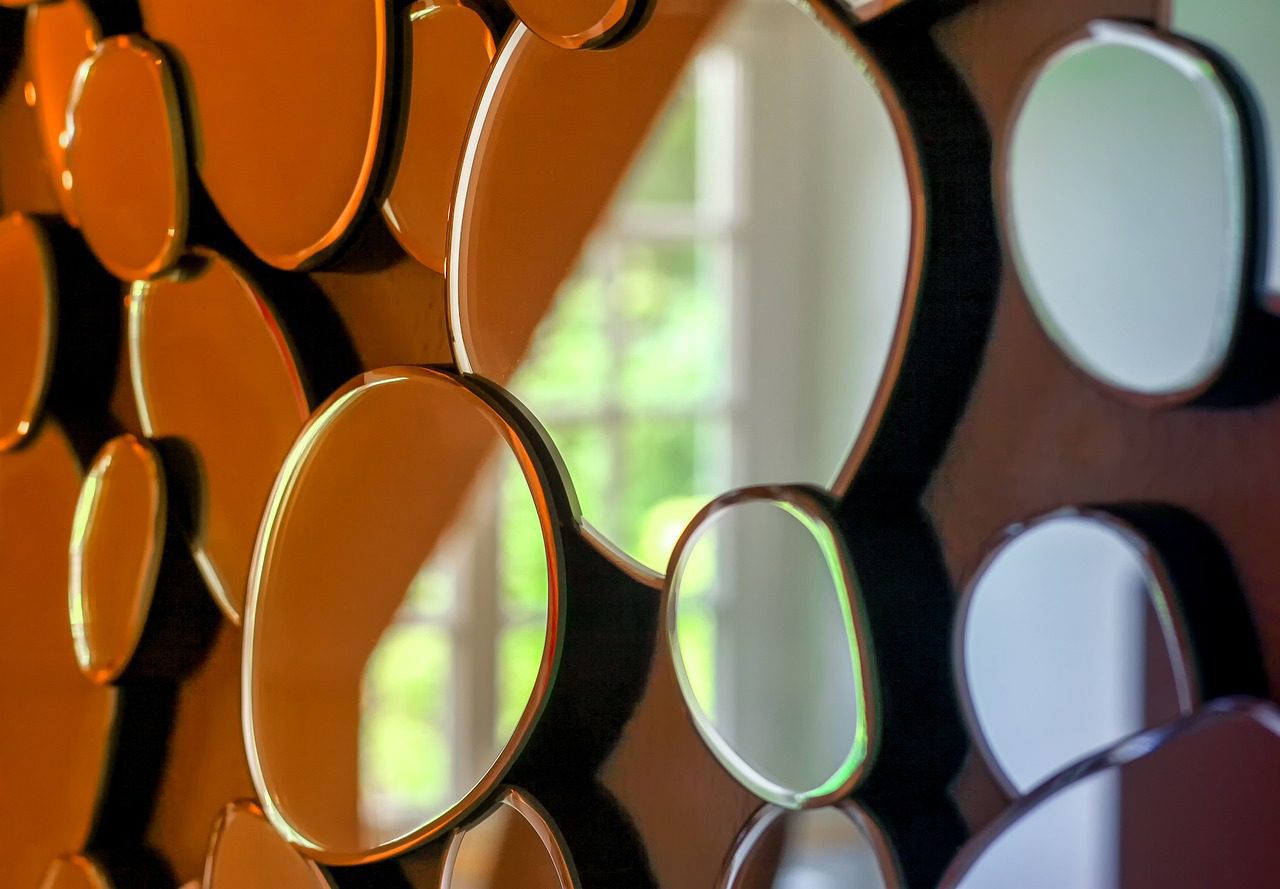
The strongest reflections caused by speakers in a listening room are called “first reflections”, which are a single bounce off walls, ceiling, and floor before arriving at the listening position. However, the human brain is adept at recognizing direct sound despite the first reflections, provided two things happen: 1) the first reflections contain the same or similar frequency content as the direct sound, and, 2) the first reflections arrive within about 10ms of the direct sound.
By their nature, first reflection path lengths are longer than direct sound path lengths; if they are too long—in other words, longer than 10ms, which equals 135″ longer than the direct path length—they become detectable as echoes and deteriorate the stereo sound quality. (Speed of sound is 1,125 feet/second, so 1 millisecond is 1.125 feet, which is 13.5″.) First reflection path lengths of 135″ longer than the direct sound path may benefit from acoustical treatment (i.e. redirection, absorption) to avoid being heard. Diffusion on sidewall first reflections has been shown to reduce speech intelligibility. Our preference is to use flat reflection, angled reflection, or absorption.
Side Wall First Reflection Points, Lengths, and Delays
Each side wall has two first reflection points—one from where the closest speaker strikes it before reflecting to the listening position, and a second from the farthest speaker (i.e. the right speaker is considered the farthest for a left sidewall first reflection, and vice versa). Finding them is easy with the use of a mirror against the wall held by an assistant: when the person in the listening chair can see a speaker in the mirror, that is a first reflection point. The picture below demonstrates a room’s direct and sidewall first reflection paths.

The room path lengths and corresponding delay times are shown in the table below.
| Direct Path Length | Sidewall Closest Speaker | Sidewall Farthest Speaker | |
| Path Length | 120″ | 143″ | 203″ |
| Difference from Direct Path Length | 23″ | 83″ | |
| Delay [Difference / 13.5] | 1.7ms | 6.1ms | |
| Treatment Needed | No | No |
After calculating each sidewall’s first reflection path lengths and translating that into a delay time, it’s apparent that no treatment is necessary but optional. It’s also a good idea to calculate the delay for the first reflections striking the front and back walls, and the ceiling, to determine if treatment could be beneficial.
To Treat or Not To Treat Sidewall First Reflections
When considering sidewall treatment options at the first reflection points, I try to balance a few factors: how much longer are the sidewall’s first reflection path lengths compared to the direct path length; the average decay time for the midrange and high frequencies; a person’s preference between strong imaging or a wider soundstage.
The following table was created using data obtained at clients’ homes and is intended to serve as a quick reference guide. Regarding my listening room, sidewall first reflection path lengths fell within the 10ms window, while average midrange (300-4kHz) decay time was about 265ms, so less than 300ms, which is generally considered more “alive” and better-sounding. With my preference for a wider soundstage, my situation aligns with scenario 1.

Using a sheet of plywood for my two sidewall first reflection points accommodates the wider soundstage and preserves midrange and high frequency decay times. Experiments were then conducted using a vertically-placed board on the wall opposite the farthest speaker to determine that speaker’s first reflection as seen from the listening seat. The board’s edge closest to the front of the room is then gradually pulled away until the listener can no longer see the speaker from their vantage, which signifies that the first reflection will circumvent the listener’s head. There seems to be some benefit to avoiding hearing a first reflection from the farthest speaker on the opposite side.
The front and back wall first reflections are typically longer than 10ms so are treated with absorption for bass and diffusion for mids/highs. Floor and ceiling are usually not more than 10ms longer but I nonetheless use a carpet and Skyline diffusion (a type of diffuser that hangs from the ceiling like stalactites in a cave).
For audiophiles considering sidewall treatment options, it boils down to finding a happy medium between having less echo and avoiding an overdamped room, and whether one’s preference is for soundstage width or more solid imaging. It takes patience and persistence to identify first reflection points and try all treatment combinations, but your ears will identify the best option for you.
To be continued…




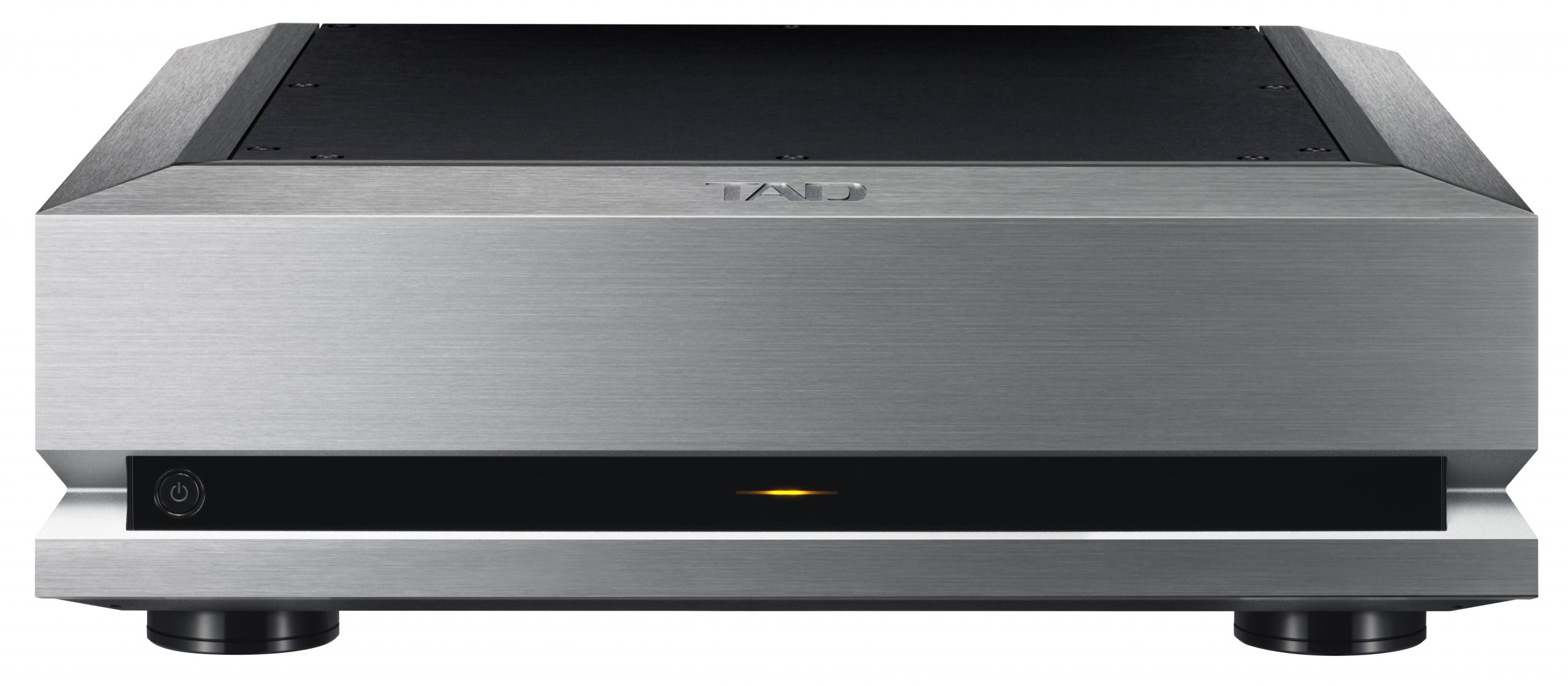

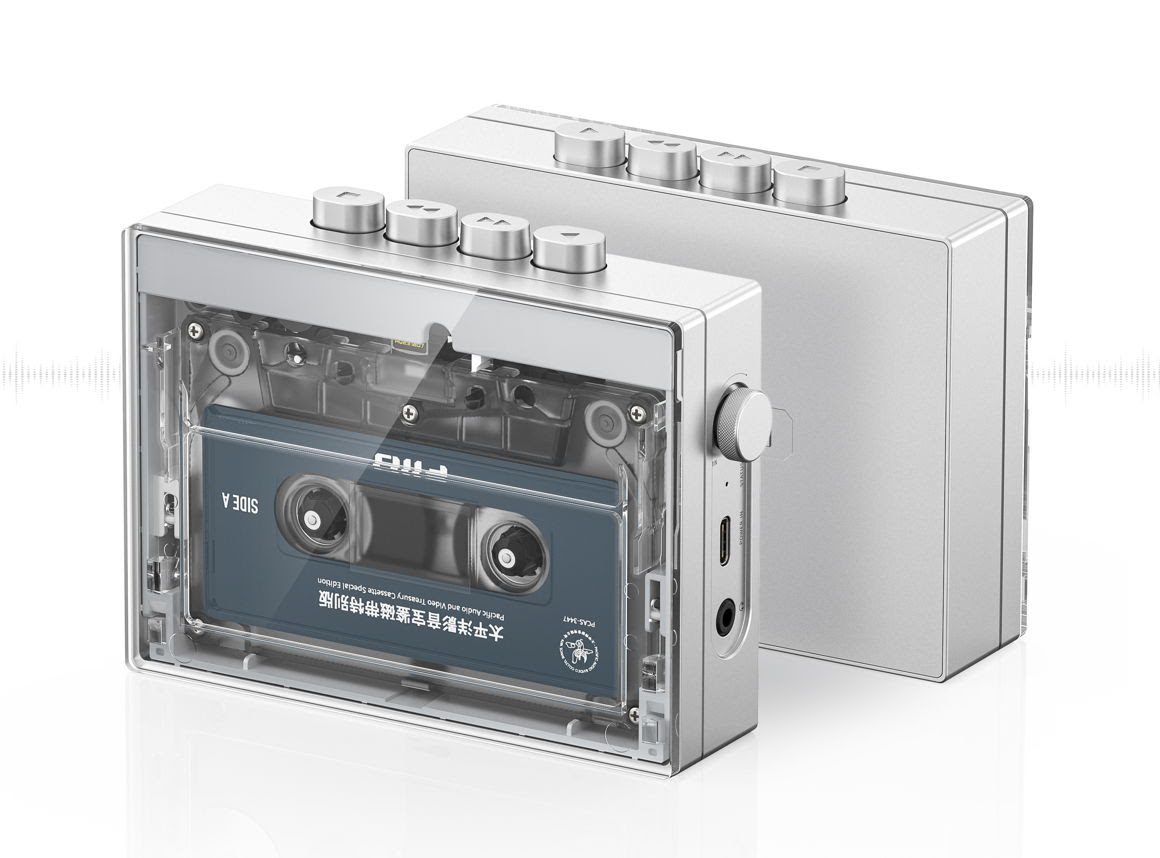
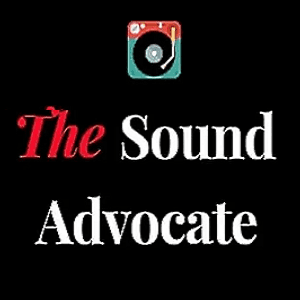
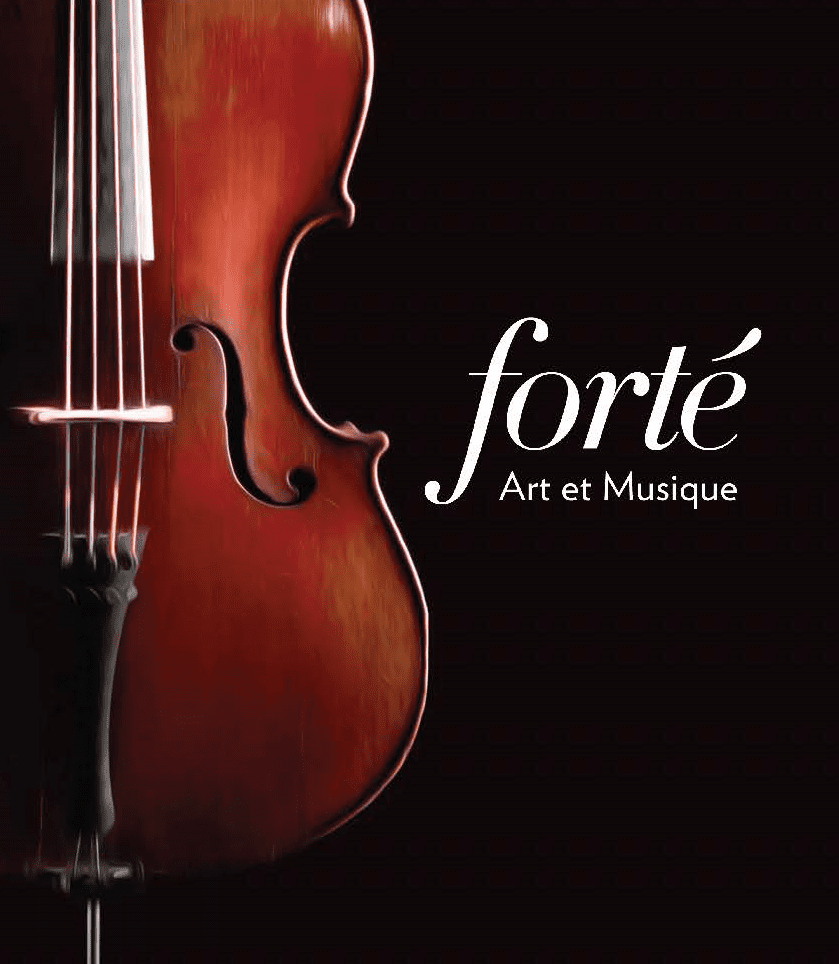
Leave a Reply